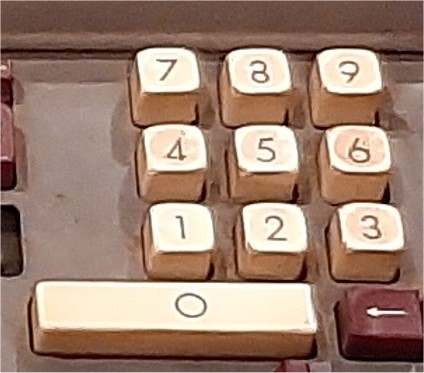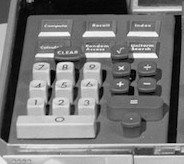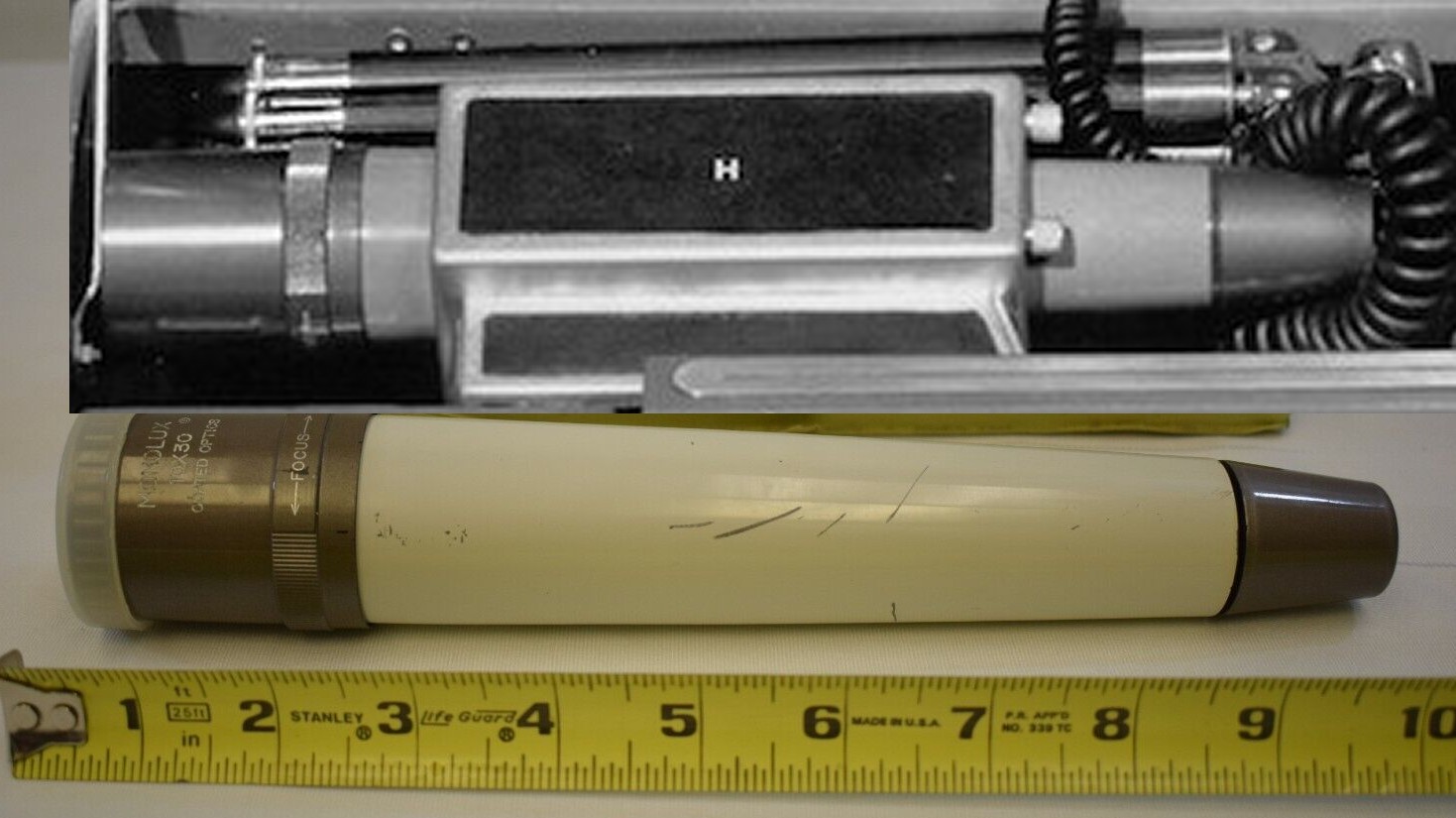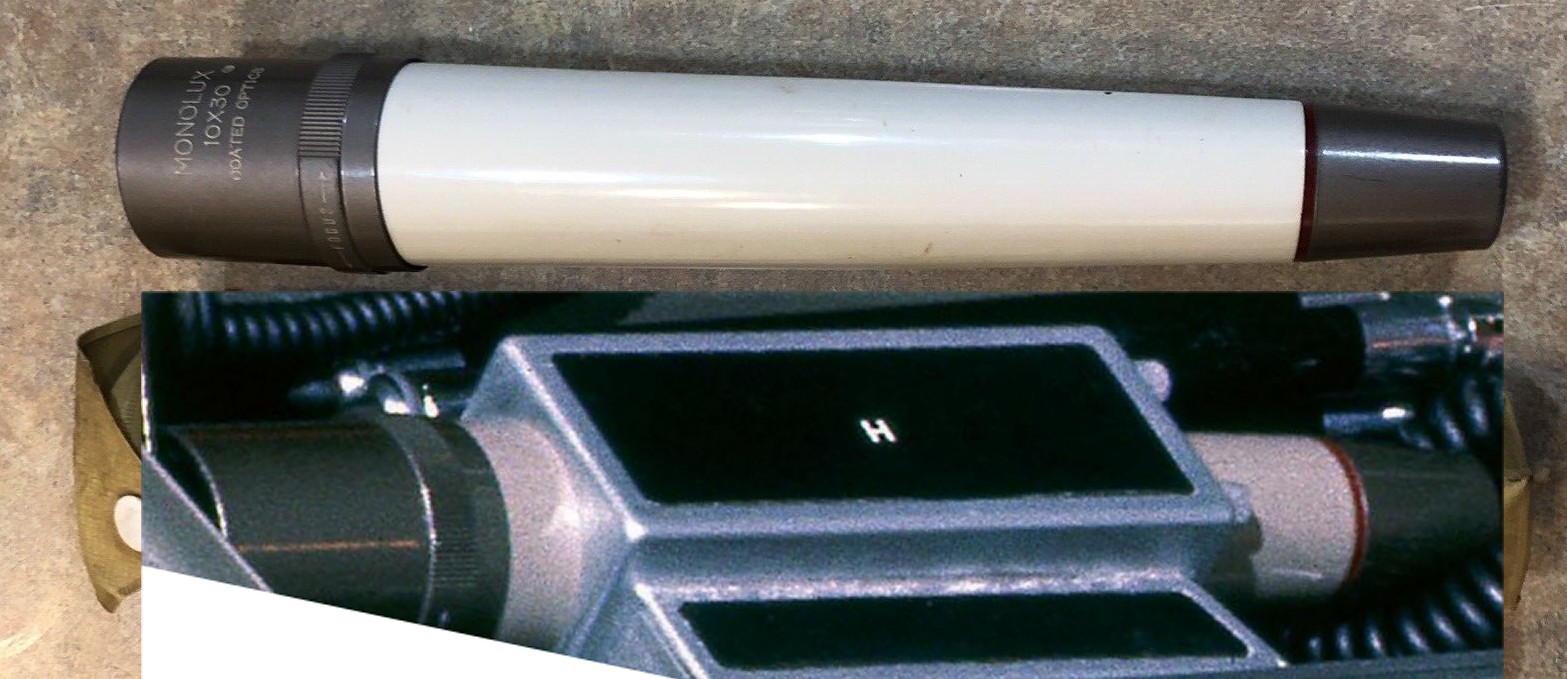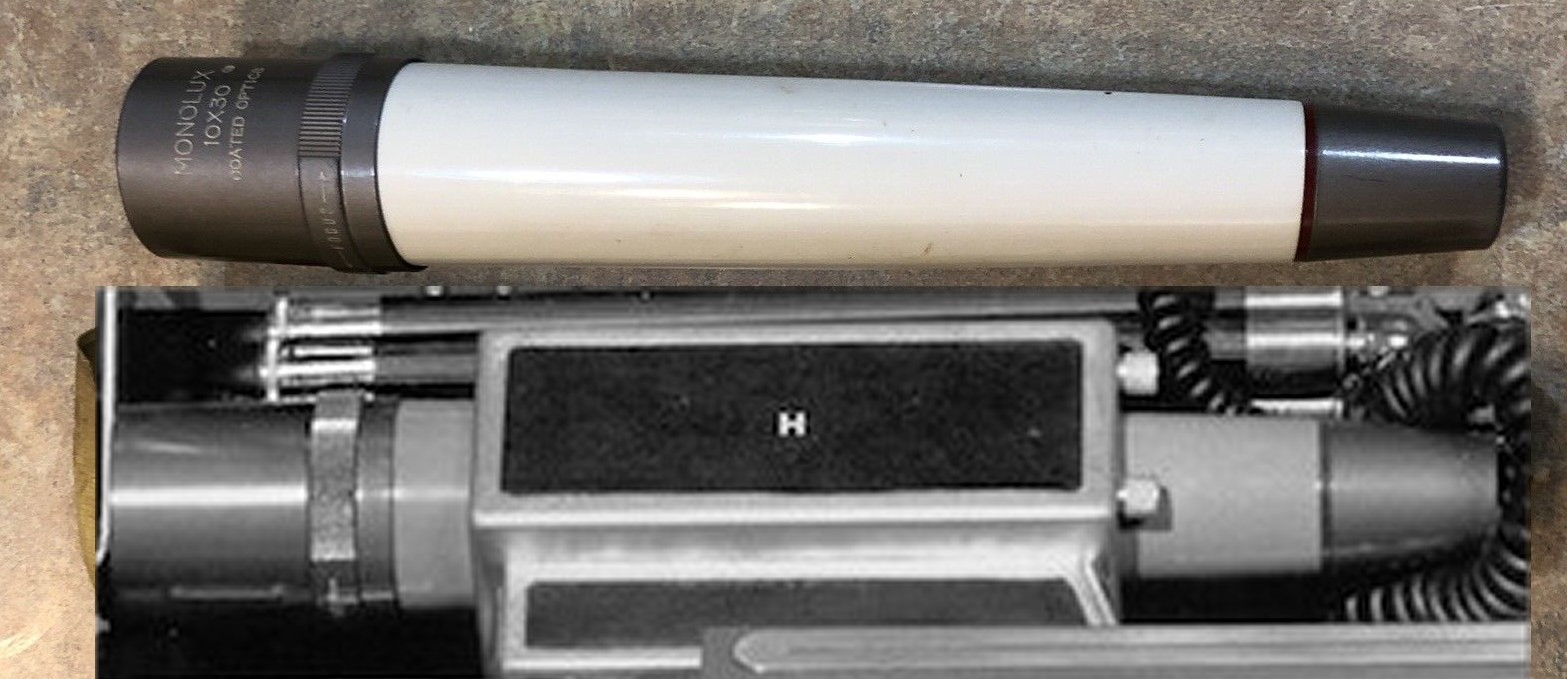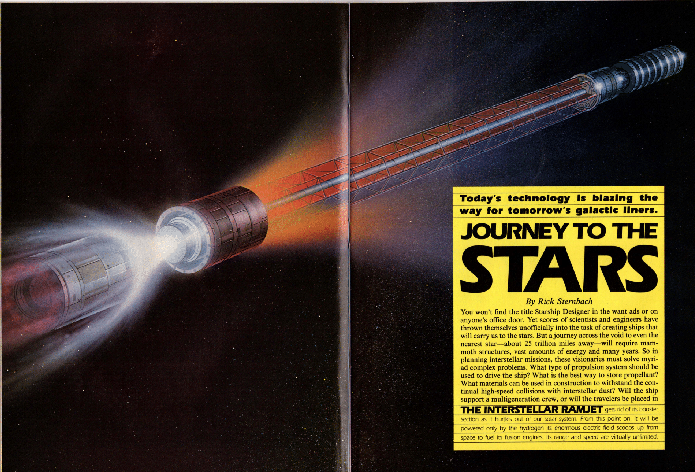Good news:
In a First, Caltech’s Space Solar Power Demonstrator Wirelessly Transmits Power in Space
This is *many* orders of magnitude away from a practical solar power satellite… but ya gotta start somewhere.
And on the other hand, bad news:
Boeing finds two serious problems with Starliner just weeks before launch
Problem one: bits of the parachute system aren’t as strong as they should be. Bad, but readily solvable.
Problem two: the wiring is flammable. This… is monumentally stupid, a problem that has been well understood since the Apollo 1 fire. this may well require that the capsule be largely disassembled so that *miles* of wiring can be replaced.
Good luck with *that.*
And while Boeing continues to struggle to get a capsule not fundamentally different from Apollo flying SpaceX continues to send crews to the ISS in Dragons.
19 years later… pic.twitter.com/2xead0zqaA
— Rare North American Space Koala (@culpable_mink) June 1, 2023

